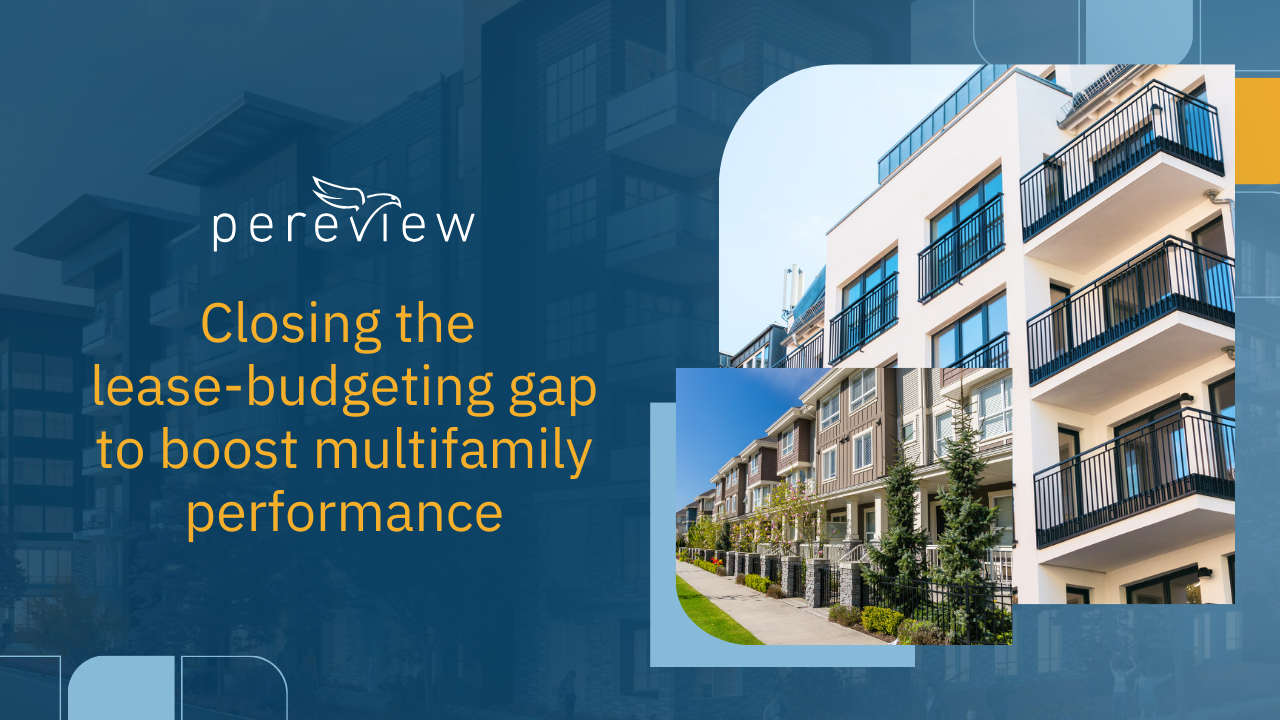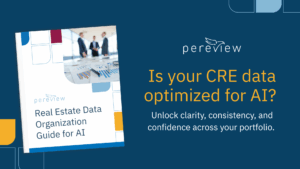In multifamily asset management, your leasing activity and your financial performance are two sides of the same coin. But too often, they operate in separate cycles:
- Leasing cycle: Tracking occupancy, lease expirations, trade-outs, and rent movement.
- Budgeting cycle: Reviewing monthly accounting data against the budget, running variance analysis, and managing the annual budgeting process.
When these cycles aren’t connected in real time, asset managers end up reacting to stale information – missing opportunities to correct underperformance mid-year and hold property managers accountable for results.
| Quick overview – The cost of disconnection – Connecting leasing data to financial accountability – The role of multifamily reporting – Driving growth through operational-financial alignment |
The cost of disconnection
Consider this common scenario: A property’s budget assumes rent growth of 4% for the year. Six months in, leasing reports show an average lease trade-out of just 2% – but that insight only surfaces after the quarter closes and financials are finalized. By then, the opportunity to adjust pricing strategies or renewal policies has slipped away, and the shortfall is baked into year-end results.
This lag creates a ripple effect: slower NOI growth, weaker returns, and missed chances to outperform the market.
Connecting leasing data to financial accountability
Bringing operational leasing data and financial performance into sync changes the equation. With real-time or mid-cycle alignment, asset managers can:
- Spot underperformance early. A lease trade-out report shows how individual unit rents are moving compared to prior leases. If average growth trails market benchmarks, it’s a signal to review pricing or concession strategies now – not six months from now.
- Drive variance accountability. By tying actual leasing results directly to the budget, asset managers can ask property managers the right questions sooner and make policy adjustments that impact current-year results.
- Support investment decisions. Whether it’s a value-add renovation plan or a lease-up strategy for a new development, connecting leasing momentum with budget progress helps prioritize where to invest time and capital.
The role of multifamily reporting
Many property management systems capture raw leasing and rent roll data, but they’re designed for data entry, not decision-making. Purpose-built real estate asset management platforms like Pereview go further – transforming that data into actionable reporting that combines leasing and financial views.
For example, Pereview’s Lease Trade-Out Report consolidates lease expirations, new lease terms, and rent changes across an entire portfolio in seconds. It highlights unit-by-unit variances and provides a property-level summary, making it easy to compare actual rent growth to both the budget and market trends. And because it runs portfolio-wide, asset managers can instantly see where performance is lagging and take targeted action.
Driving growth through operational-financial alignment
When leasing and budgeting cycles speak the same language, multifamily owners and operators gain a competitive edge. They can:
- Adjust rent strategies before the fiscal year slips away.
- Keep occupancy, concessions, and renewal policies aligned with financial targets.
- Benchmark property performance against market data to ensure they’re capturing full rent potential.
In short, real-time alignment between leasing activity and budgeting isn’t just a reporting upgrade – it’s a growth strategy.



